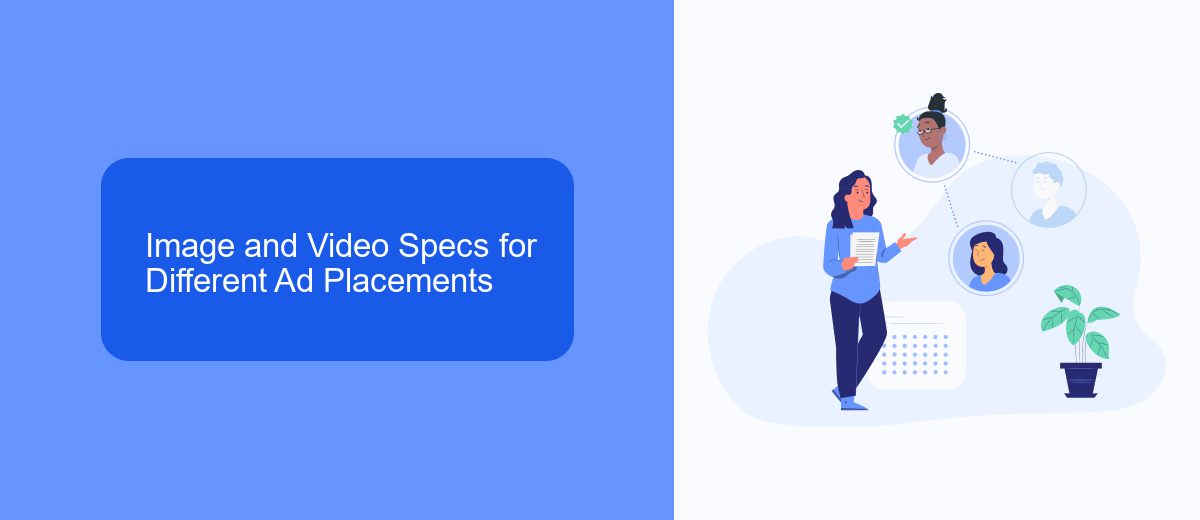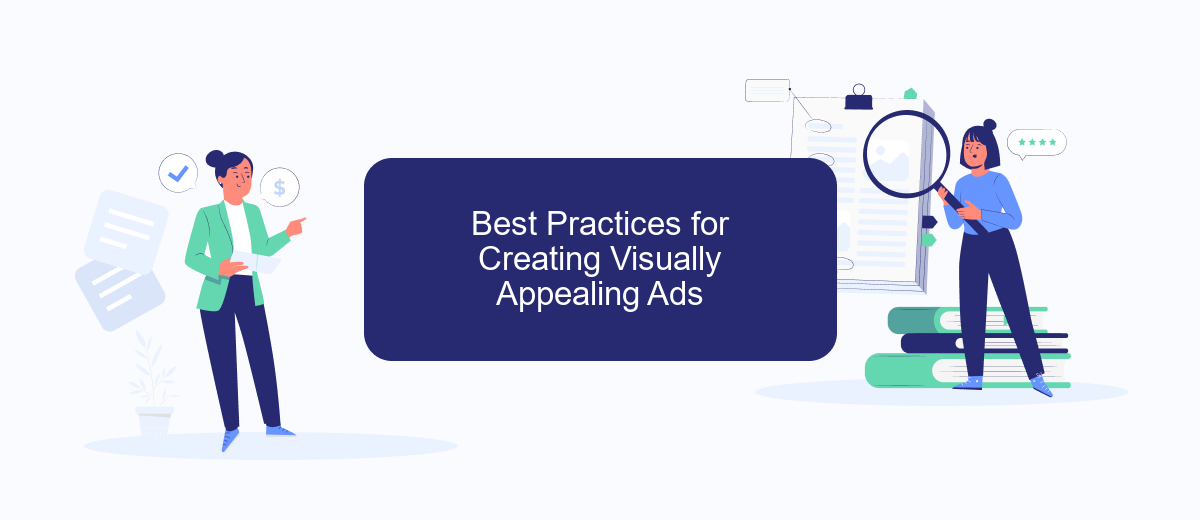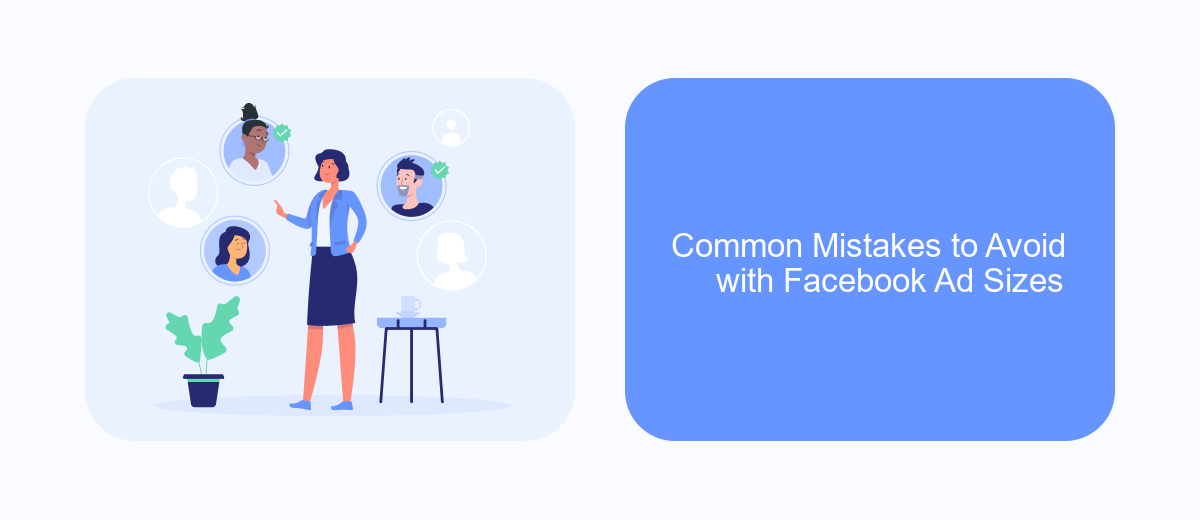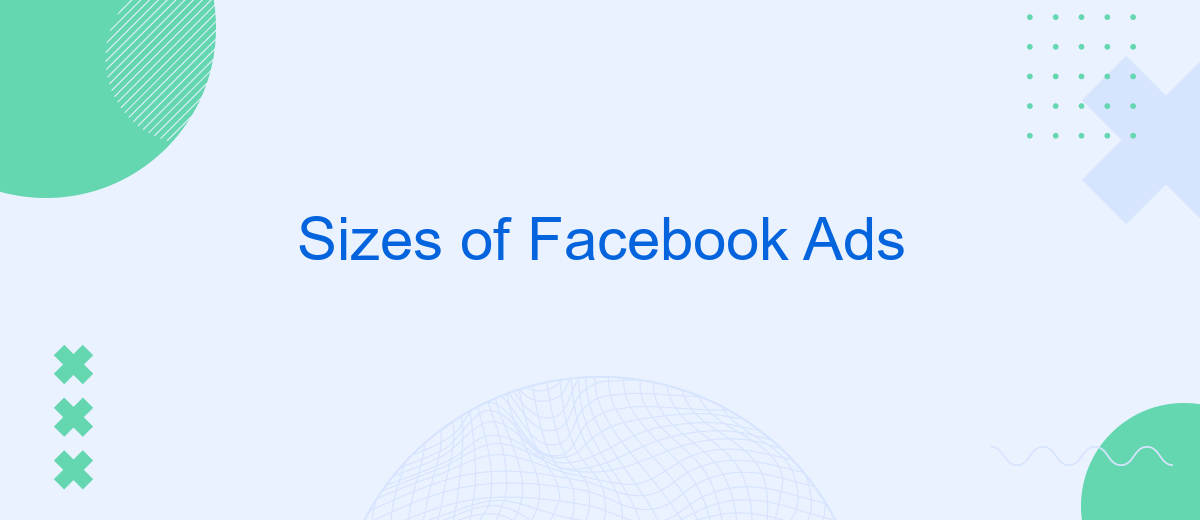In the dynamic world of digital marketing, understanding the optimal sizes for Facebook ads is crucial for maximizing engagement and conversion rates. With a variety of ad formats available, each tailored to specific campaign goals, knowing the right dimensions can make or break your advertising strategy. This article explores the recommended sizes for different Facebook ad types, ensuring your content captures attention and drives results.
Understanding Facebook Ad Dimensions
Understanding the dimensions of Facebook ads is crucial for creating effective and visually appealing advertisements. Each ad format has specific size requirements that ensure your content is displayed correctly across different devices and placements. Adhering to these dimensions helps maintain the quality and clarity of your ads, enhancing user engagement and overall campaign performance.
- Image Ads: Recommended size is 1200 x 628 pixels for optimal display.
- Video Ads: Use a resolution of at least 1080 x 1080 pixels for square videos.
- Carousel Ads: Each image or video should be 1080 x 1080 pixels.
- Collection Ads: Cover image should be 1200 x 628 pixels.
- Stories Ads: Recommended size is 1080 x 1920 pixels for full-screen experience.
By following these guidelines, advertisers can ensure that their Facebook ads are visually consistent and professional. Properly sized ads not only meet Facebook's technical requirements but also enhance the viewer's experience, making it more likely for the audience to engage with the content. This attention to detail can significantly impact the success of your advertising campaigns on the platform.
Image and Video Specs for Different Ad Placements

When creating Facebook Ads, it's crucial to tailor your images and videos to fit different ad placements. For the Facebook Feed, images should ideally be 1200 x 628 pixels, while videos should maintain a 4:5 aspect ratio for optimal display. For Instagram Feed ads, a square format of 1080 x 1080 pixels is recommended, with videos supporting a 1:1 aspect ratio. Meanwhile, for Stories across both platforms, a vertical 9:16 aspect ratio is ideal, ensuring your content fills the screen and captures attention.
Beyond the technical specs, integrating your ad campaigns with automation tools like SaveMyLeads can streamline your marketing efforts. SaveMyLeads allows you to connect your Facebook Ads with various CRM systems, ensuring that leads are automatically captured and organized. This integration not only saves time but also enhances efficiency, allowing you to focus on creating compelling visuals tailored to each placement. Whether you're targeting mobile users or desktop viewers, understanding and utilizing these specifications can significantly improve your ad performance and engagement rates.
Best Practices for Creating Visually Appealing Ads

Creating visually appealing ads is crucial for capturing the attention of your target audience on Facebook. A well-designed ad not only attracts viewers but also encourages engagement and improves conversion rates. To achieve this, consider the following best practices that can enhance the visual impact of your ads.
- Use High-Quality Images: Ensure your images are clear, high-resolution, and relevant to your message. Avoid using stock images that look generic.
- Maintain Consistent Branding: Use colors, fonts, and logos that align with your brand identity to create a cohesive look across all your ads.
- Prioritize Simplicity: Keep your design clean and uncluttered. Focus on a single message or call to action to avoid overwhelming the viewer.
- Optimize for Mobile: Since many users access Facebook on mobile devices, ensure your ads are optimized for smaller screens.
- Incorporate Eye-Catching Elements: Use bold typography, contrasting colors, or animations to draw attention to key parts of your ad.
By following these best practices, you can create ads that not only capture attention but also effectively communicate your brand message. Remember, the goal is to engage your audience and encourage them to take action, whether it’s clicking a link, liking a page, or making a purchase.
Common Mistakes to Avoid with Facebook Ad Sizes

When creating Facebook ads, ensuring that your visuals adhere to the platform's size guidelines is crucial. Incorrect ad sizes can lead to cropping, distortion, or even rejection by Facebook, which can negatively impact your campaign's performance. Therefore, understanding and applying the correct dimensions is essential for effective advertising.
One common mistake is not considering how ads will appear on different devices. Facebook serves ads on both desktop and mobile, and an ad that looks perfect on a computer screen might not translate well on a smartphone. This can lead to poor user experience and reduced engagement.
- Using images or videos that are too small, resulting in pixelation.
- Ignoring Facebook's aspect ratio recommendations, leading to awkward cropping.
- Overlooking the text-to-image ratio, which can affect ad delivery.
- Not testing ads across multiple devices to ensure consistent quality.
By avoiding these common pitfalls, you can create visually appealing and effective Facebook ads. Always stay updated with Facebook's guidelines, as these can change, and regularly test your ads to ensure they look great on all devices. This attention to detail will help maximize your ad performance and engagement.
Tools and Resources for Optimizing Your Ad Creatives
To optimize your Facebook ad creatives effectively, leveraging the right tools and resources is crucial. Graphic design platforms like Canva and Adobe Spark offer user-friendly interfaces for creating visually appealing ad content without requiring advanced design skills. These tools provide templates tailored for Facebook ad specifications, ensuring your visuals are always the right size and format. Additionally, using analytics tools such as Facebook Ads Manager and Google Analytics can help you track the performance of your ads, allowing you to make data-driven adjustments to your creative strategies.
Integrating automation services like SaveMyLeads can further enhance your ad optimization process. SaveMyLeads provides seamless integration solutions that automate data transfer between Facebook Ads and your CRM, ensuring that you have real-time insights into your ad performance and audience engagement. This allows for more efficient targeting and personalization of your ad creatives, ultimately boosting your campaign's effectiveness. By combining creative design tools with robust analytics and automation services, you can significantly improve the impact of your Facebook ads.
FAQ
What are the recommended sizes for Facebook ad images?
Can I use different aspect ratios for Facebook ads?
What is the maximum file size for Facebook ad images?
How can I ensure my Facebook ads are optimized for mobile devices?
Are there tools to help automate the integration of Facebook ad data with other platforms?
Personalized responses to new clients from Facebook/Instagram. Receiving data on new orders in real time. Prompt delivery of information to all employees who are involved in lead processing. All this can be done automatically. With the SaveMyLeads service, you will be able to easily create integrations for Facebook Lead Ads and implement automation. Set up the integration once and let it do the chores every day.
